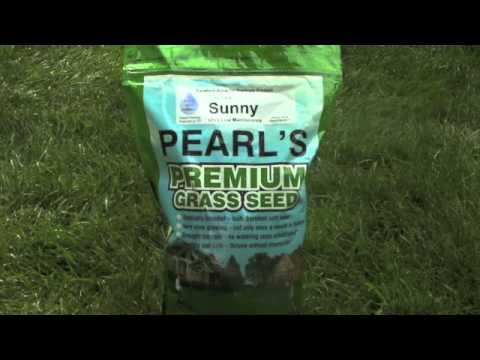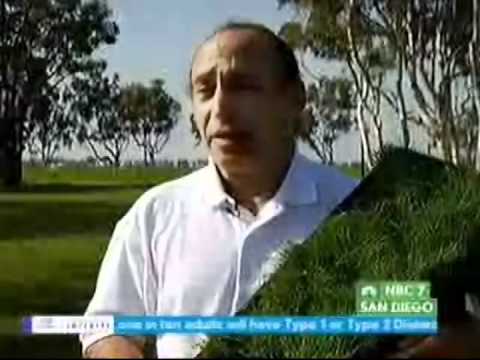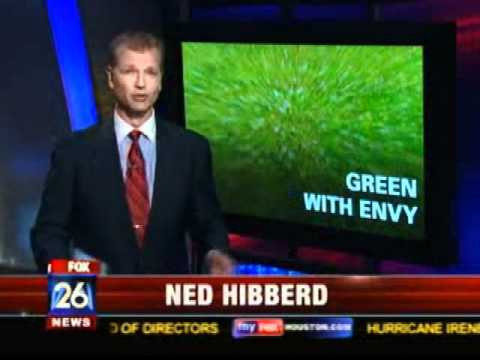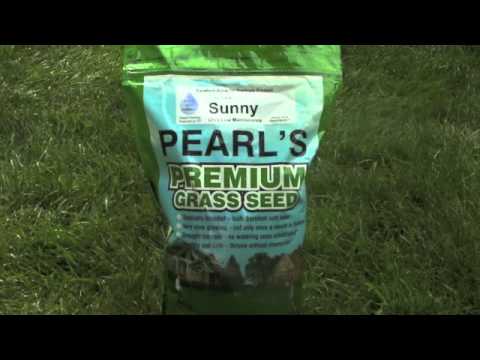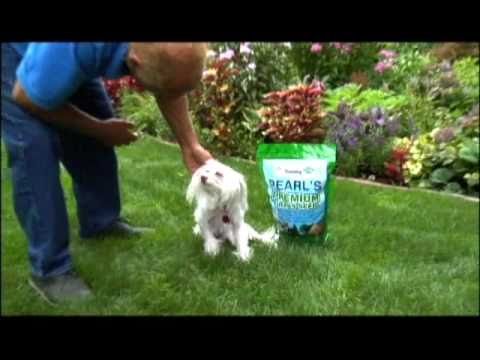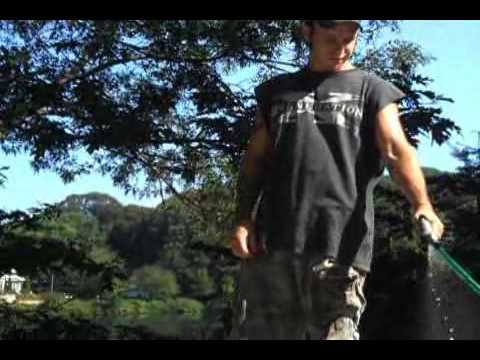Teaneck Patch highlights the Pearl's Premium workshop at Teaneck Creek Conservancy
Gloomy weather couldn’t dampen the spirit of Jackson Madnick during his eco-minded presentation Saturday afternoon at the Teaneck Creek Conservancy.
Madnick’s workshop offered information on his sustainable grass product: Pearl’s Premium Ultra Low Maintenance Lawn Seed. Madnick, who’s from Wayland, Mass., said that because his grass establishes deep roots (12 inches after one year) and grows slowly, the grass requires only minimal watering and needs to be mowed only once a month.
The “green” aspect to his product results from less water consumption, less air pollution from lawn mower use, and no need for chemical fertilizers, he said.
In 2001, after noticing how chemical lawn-care runoff was polluting a pond on his property, Madnick researched grass seed and lawn care for more than eight years. For six of those years, Madnick worked with three PhD professors from three different agricultural universities before they all came up with what is now Pearl’s Premium. Madnick’s late mother and daughter share the name Pearl, for which his product gets its name.
Throughout the workshop, Madnick discussed how growing grass native to the climate conserves drinking water that otherwise gets showered on chemically fertilized lawns only to eventually end up in rivers, streams and ponds.
For homeowners interested in planting ultra low-maintenance seed, Madnick outlined the process:
- First, homeowners need to “scalp” their current lawn by cutting the grass as low as possible.
- Rake away the clippings.
- Put down 40 pounds of pellet lime for every 1,000 square feet (this makes the soil less acidic, which is beneficial to grass).
- Put down a small amount of organic fertilizer or compost
- Spread the new seed as described on the bag (one 5-pound bag covers 800 square feet).
- Water the lawn in the morning every day it doesn’t rain for one month.
After about one-and-a-half weeks, the grass will begin to sprout. Madnick said the best time to plant grass is right now for the next couple weeks and then not again until September.
Madnick said to maintain the new lawn, homeowners should make sure they sharpen their mower’s blade twice a season for a clean cut, and once a year spread about one-quarter-inch of compost over the grass. The grass also should be cut to three-inches high, and clippings should be left on the lawn.
What about North Jersey homeowners and their penchant for landscapers? Madnick said ultra low maintenance seed will benefit both the landscaper and the homeowner. Homeowners just need to ask their landscapers to incorporate their wishes into the yearly contract.
Landscapers will save money by not wearing out their lawn equipment because they’ll only need to mow every three or four weeks. And Madnick said homeowners benefit because the contract often is negotiated for 10 percent less, and their lawn stays greener longer and is healthier for children and pets because no chemical fertilizer is needed.
Madnick then explained how fescue grass, like what Pearl’s Premium is, produces more oxygen then bluegrass while also pulling carbon dioxide out of the air and into the ground.
“It’s is an oxygen-producing carbon sink to lessen your carbon footprint,” Madnick said of fescue-type grass.
Kimi Wei of Fair Lawn asked dozens of questions throughout the two-hour presentation. She also took notes to pass along to an environmental group she's involved with.
“The workshop was fantastic,” she said after the event. “I’m very involved in green issues and green lawn care. I go to events like this, and no one ever says how to do it, but he (Madnick) did.”




